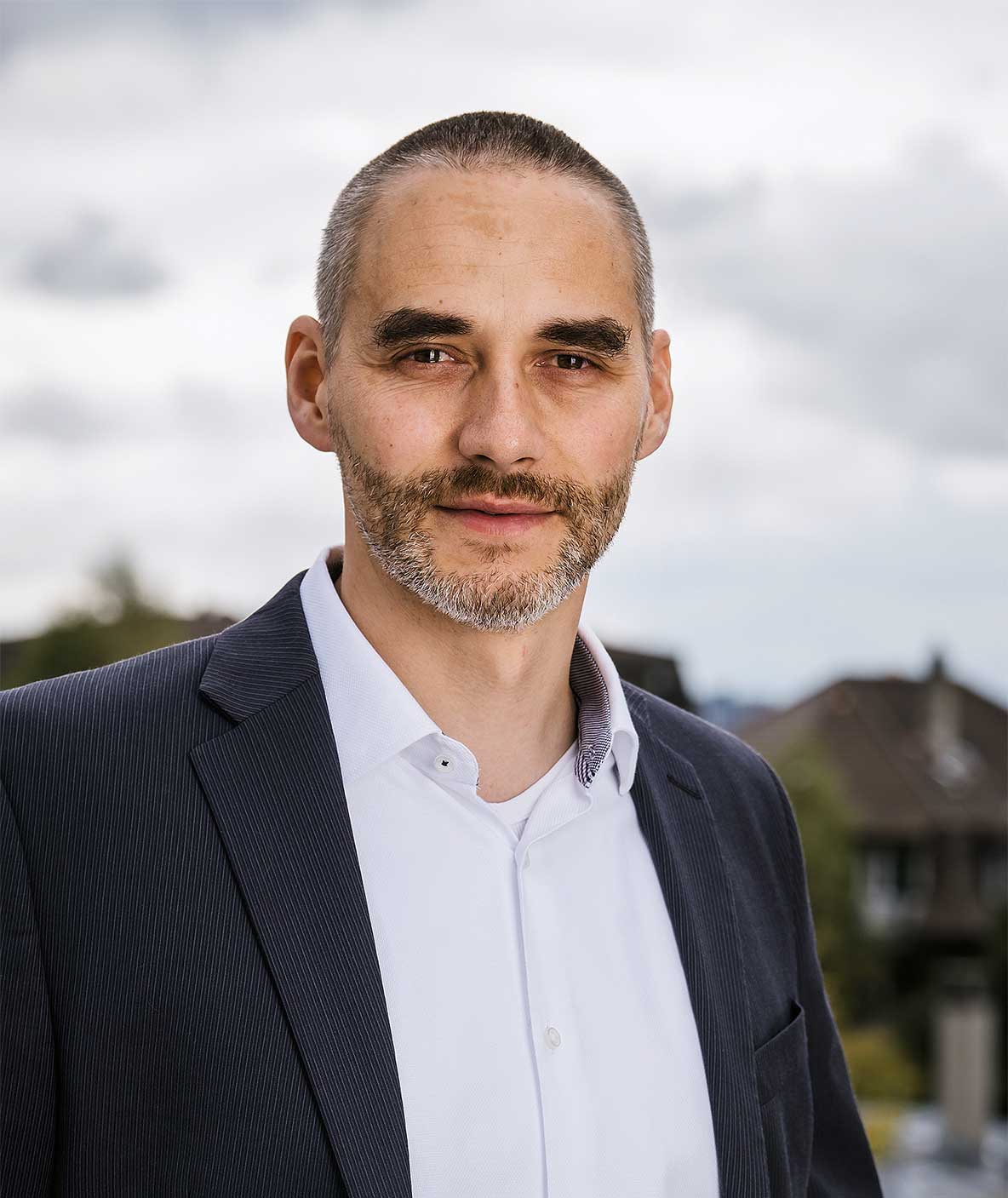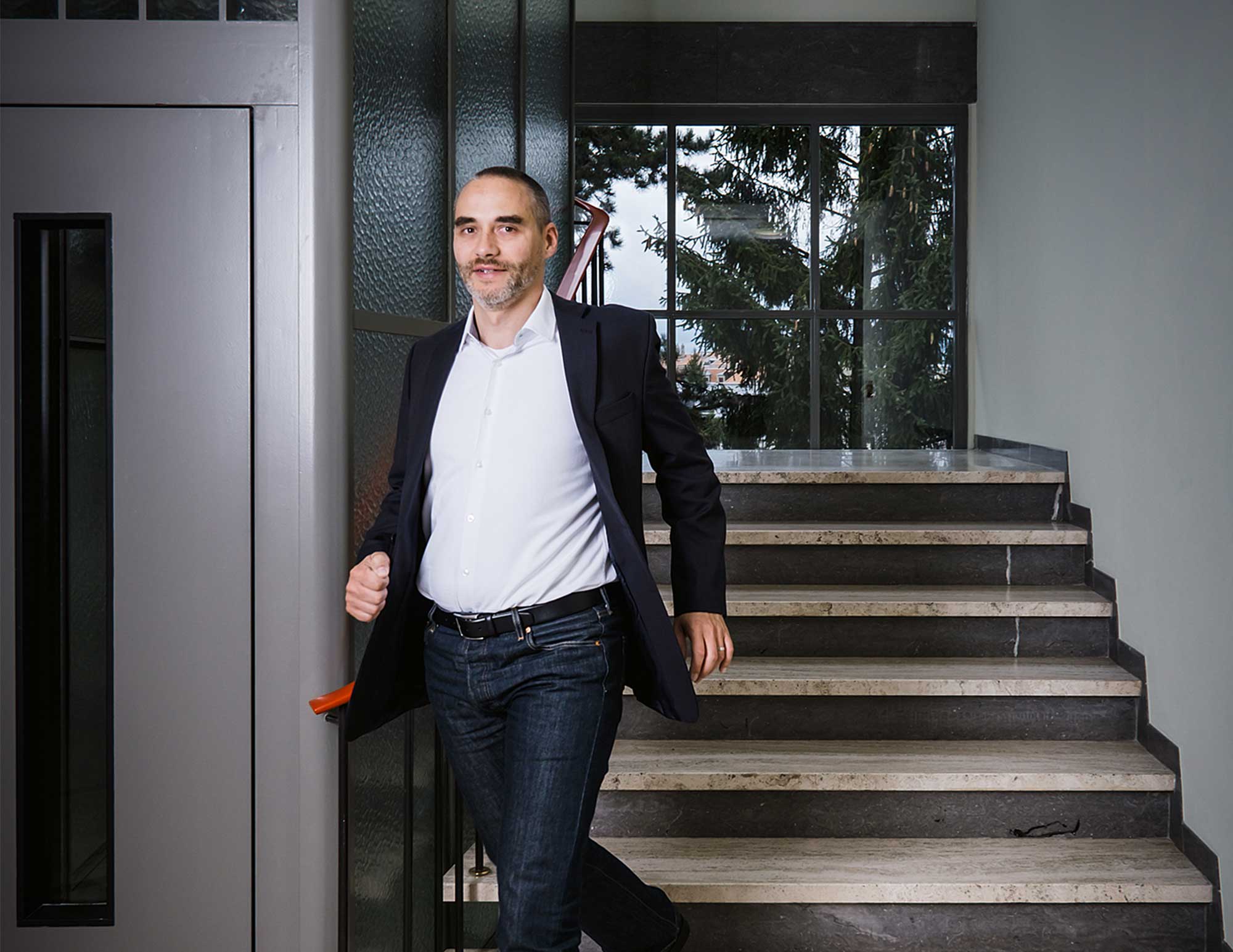On the front line
Swissmedic rapidly found itself on the front line of the medical face mask issue after the pandemic broke out. “Demand was outstripping supply. A shortage on the market was compounded by conformity issues with the products. Corrective action was needed – a tricky mission,” is how Yann Amstutz, a medical devices inspector, recalls the hectic weeks at the start of the crisis.
“The regulations put masks in the same class as normal adhesive plasters.”
The first few weeks of the COVID-19 pandemic put tremendous pressure on many health facilities – it was nearly impossible to obtain medical face masks (also known as hygiene masks, surgical masks or OP masks) on the market.
Like all other medical devices, these masks need to go through the relevant conformity procedure successfully before they can display the conformity symbol – the CE mark – and be placed on the market. In this procedure, the manufacturer must demonstrate that the masks comply with the fundamental requirements. Standard EN 14683 generally applies to medical masks. This standard sets out specific requirements that medical masks must meet and thus acts as a quality standard. The CE mark demonstrates the conformity of the products. It is extremely difficult to distinguish visually between masks that legitimately bear the CE mark and the non-compliant ones. The certification documents supplied by the manufacturer need to be examined carefully. “Even then it’s still extremely difficult to figure out if the dedicated testing procedure has been respected. There are companies all over the world that have specialised in issuing documents that have no regulatory value or even falsified certificates,” Yann Amstutz notes. One option would have been for Swissmedic to test the masks, but there were no suitable laboratory facilities in Switzerland for this task. In addition, it would hardly have been possible to cope with the volume of masks to be tested.
“Efforts were directed primarily at inspecting shipments destined for healthcare facilities such as hospitals and large deliveries of over a million masks to distributors.”
A complex situation
Medical face masks are classified as Class I medical devices. The requirements that have to be met for market access are less strict in this class. “These regulations put the masks in the same category as normal adhesive plasters. It’s up to the manufacturers to evaluate the market readiness of such products since they are not associated with high risks. If medical face masks were in a higher class, the manufacturers would have to involve a Notified Body in the conformity procedure,” Yann Amstutz explains. The regulations do not require a licence for the import of medical devices. This facilitated the imports of masks that did not meet the requirements in force in Switzerland. Swissmedic needed to act – and in a situation made more complex by the repeated changes to the COVID Ordinances. The Federal Council provided pragmatic solutions in COVID Ordinances 2 and 3. This enabled Swissmedic to issue healthcare facilities with special authorisations for the urgently needed masks. Special authorisations of this kind were issued, for example, if the correct functioning of the masks was demonstrated plausibly but the products were labelled incorrectly. Ordinance 3 enabled retailers to keep non-compliant masks in their ranges. “In order to keep selling them, retailers had to clearly affix a sticker stating “not for medical use” to the packaging,” Yann Amstutz explains.

The joint approach
The World Customs Organisation (WCO) also recognised the problem and launched an internationally coordinated operation. Its aim was to control the import and export of illegal, counterfeit and low-quality medicinal products and medical devices. This problem was exacerbated during the pandemic. Swissmedic and the Federal Customs Administration (FCA) realised the opportunity represented by a joint effort of this kind and took part in “Operation Stop” from 11 May to 12 July. The objective was to inspect the conformity of medical face masks.
The first step was for the FCA to extract a record of all the shipments of medical face masks that had been imported since the start of the year. “A risk profile was then defined, and a random sample of the shipments was inspected. Efforts were directed primarily at shipments destined for healthcare facilities such as hospitals and large deliveries of over a million masks to distributors,” Yann Amstutz explains. At the time, this was roughly equivalent to the daily requirement for masks in Switzerland. Employees at the customs authority and Swissmedic inspected a total of 29 shipments of medical face masks during this operation – over 34 million masks with a total weight of 132 tonnes. “Cooperation with the customs authority went well – the inspections were done unbureaucratically,” Yann Amstutz recalls. “We also learned a lot during these inspections. We learned what kind of material is being imported into Switzerland, how it is inspected and how the authorities exchange information,” is how the medical devices inspector sums up the operation. “We had no previous experience of intercepting, storing and releasing large quantities of medical devices at the customs posts. It was new legal terrain for us. Our medical devices legal department had to sort out a lot of questions at short notice – and I’d like to take this opportunity of saying a big thank-you to them,” said Yann Amstutz in praise of the support provided by the Swissmedic lawyers.
“We were in constant contact with the European authorities and customs posts – the cooperation was invigorating and consistently constructive.”
The outcome of the operation was that 10 of the 29 shipments contained face masks that were demonstrably non-compliant. The most common reasons for non-compliance were: CE mark missing on the packaging, address of the European authorised representative missing on the packaging, information on the packaging not written in three languages (DE, FR, IT) and test results missing. The necessary corrective actions were initiated through administrative procedures. The operation showed that, at the time the inspections were performed, there was a large number of non-conforming medical face masks in Switzerland. A total of 99 countries took part in the global operation. “The coordination and planning were excellent despite the large number of countries involved. We were in constant contact with the European authorities and customs posts – the cooperation was invigorating and consistently constructive,” is how Yann Amstutz sums up the experience.

